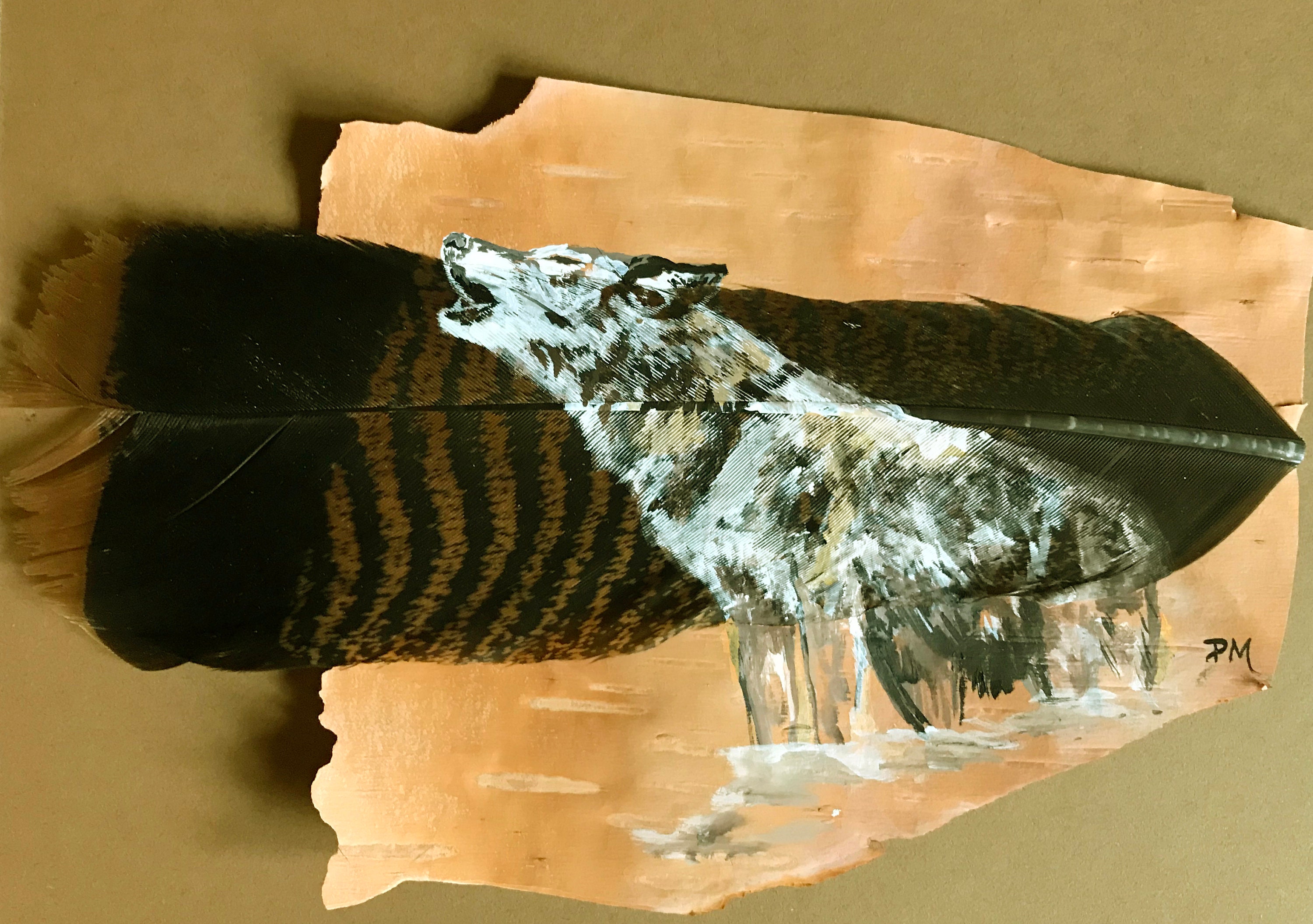

Like many blues singers, the Wolf was often concerned about fidelity: lyrically, he was either sneakin’ around with other men’s women ( “Back Door Man,” 1961 famously covered by The Doors for their first album), or other men were sneakin’ around with his ( “Somebody In My Home,” 1957). The song was plundered by 60s rock bands, including The Yardbirds, who opened their sets with it. Wolf would act it out on stage as if he was boarding the train of the title, or watching it roar by. In fact, it was the definitive Chicago blues record. Wolf had begun playing a version of the song down south in the 30s, and had used some of the lyrics in 1951’s “Crying At Daybreak.” But “Smokestack Lightning” was the definitive version. In 1956, Wolf unleashed a monster that remains among the very best Howlin’ Wolf songs: “Smokestack Lightning.” While the blues is often presented as a three-chord 12-bar cliché, the song dispensed with two of those chords and such a structure, delivering a churning riff from Sumlin over a gut-pummeling backing. He couldn’t have been that angry, however: “Forty Four (I’m Mad)” made it plain that drastic steps would be taken if he was. Wolf moaned about a lot of things that’s what a Wolf does. By now, bass player Willie Dixon was playing on Wolf’s sessions and writing many of his singles, though Wolf sometimes complained about this because he was a formidable writer in his own right. Sumlin made his first appearance on record with the Wolf on 1954’s “Evil (Is Going On).” Wolf, wanting the best for his sidemen, even paid for Sumlin to take lessons from a classical guitar tutor at Chicago’s Conservatory Of Music. Wolf’s wily ways with money gave him the means to pay his musicians better than anyone else on Chicago’s blues circuit, so he could employ more or less anyone he wanted. An unassuming man, Sumlin was a key part of Wolf’s sound, the sweet subtlety of his playing the perfect foil for the singer’s sheer firepower. Wolf formed another band in Chicago and, a year or so later, guitarist Hubert Sumlin had joined him from Memphis. One blast from his mighty larynx would tell you that.

#Howling wolf express full#
He played the Wolf to the full in his songs, singing about a “Tail Dragger” and warning that “The Wolf Is At Your Door,” but as the best Howlin’ Wolf songs prove, Chester Burnett was no novelty act. A compelling performer, he could scare the wits outta you one moment and tug your heartstrings the next. But he didn’t need to read sonnets in order to write lyrics that got his deepest feelings and fears across, and didn’t need no dictionary to read an audience. Even so, Wolf had little schooling and was effectively illiterate. While Wolf adopted a hard-done-by attitude – and no doubt genuinely felt that way, having grown up in the depressed south – he earned a good living and was financially astute, partly thanks to the bookkeeping of his wife, Lillie.

He didn’t really have any choice: Chicago was where his audience was, and he needed a piece of that big-city pie. But Wolf was also part of a great migration north by African-Americans in search of a better (albeit faster and more industrial) life. The B-side, “Moanin’ At Midnight,” was, according to Sam Phillips, “the most different record I ever heard.” Quite a statement from the man who discovered a one-man musical revolution called Elvis Presley.Ī year later, Wolf moved to Chicago, ostensibly to cement his relationship with Chess, which had signed him after tussling for his contract with another label, RPM. It was an auspicious start: the song has since become a blues standard, covered by Little Feat and Joe Bonamassa, among others. One of the best Howlin’ Wolf songs committed to tape was “How Many More Years,” issued on Chicago’s Chess label. Pretty soon Wolf was on the radio and began his recording career at Sam Phillips’ Memphis Recording Service in 1951. Parties and juke joints soon rocked to Wolf’s guitar and raucous vocals.Īfter a spell in the Army during the war, he moved to West Memphis in 1948 and formed a group that became popular in the clubs, with Wolf’s rudimentary electric guitar joined by two other axe-slingers and a pianist known only as Destruction, a name which should tell you all you need to know about the band.

Wolf learned guitar – and showmanship – from Charlie Patton, the area’s top bluesman, whose songs bands still play. He grew up idolizing Jimmie Rodgers, the country singer known as The Blue Yodeler Wolf tried to copy him but his yodel turned out to be more of a howl. His mama knew him as Chester Burnett, and the other kids would call him Big Foot Chester, but, growing up shoeless in White Station, Mississippi, his grandfather told him tales of the howlin’ wolves that would get him if he was bad the man-sized child decided that was a name he could work with.


 0 kommentar(er)
0 kommentar(er)
